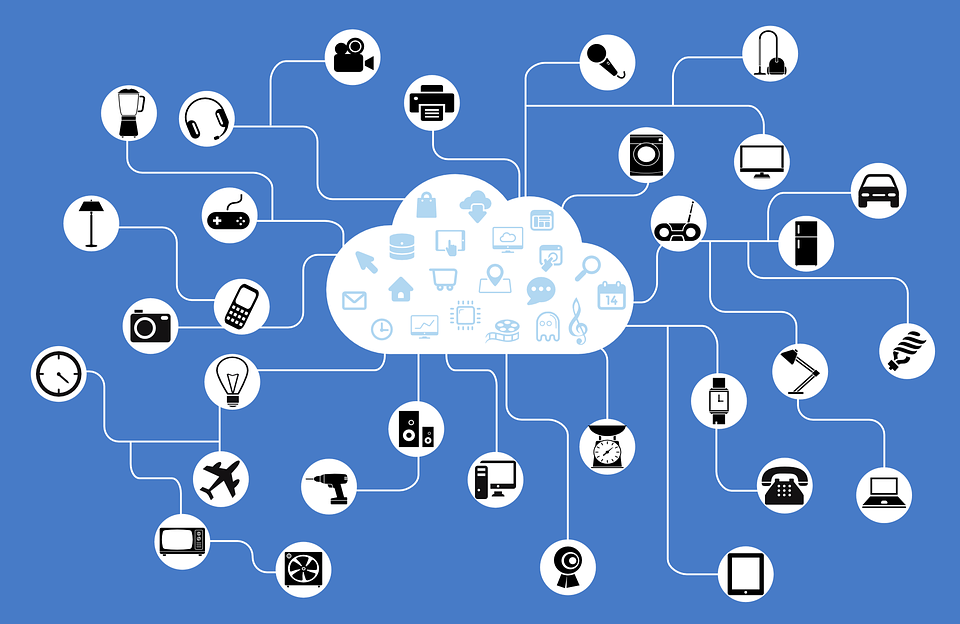
KT, with aggressive investment, plans to increase the number of IoST objects to 4 million by 2018 in hopes of leading the market. The company recently decided to invest 150 billion won into its IoST narrowband network, (NB)-IoT. (image: Pixabay)
SEOUL, May 23 (Korea Bizwire) – Korean telecommunication companies, such as SK Telecom (SKT) and KT, are rushing to establish IoT (Internet of Things) communications networks. The competition is expected to heighten with relaxed government regulations regarding these new types of networks.
Although IoT features multiple-connected objects, the volume of data transferred between objects is relatively small and less frequent. Hence, it is essential to establish networks that are stable but cost-efficient.
SKT and KT are both competing hard to dominate the market first, but their technological approaches differ. SKT is focusing on a new LPWA (Low-Power, Wide-Area) network, LoRa, whereas KT aims to use its existing LTE network to develop LTE-M, a global standard for wireless communication.
LoRa’s maximum signal range is 20km and its modules are cheaper than LTE-M. However, it has to use an unlicensed band frequency of 900Mhz, which SKT has to newly establish. The cost of installation, however, has decreased with the Ministry of Science, ICT, and Future Planning raising the standards for 900Mhz signal output from 10mW to 200mW.
LTE-M is more stable and relatively easier to establish, as it uses the existing LTE network. And unlike LoRa, it is compatible for two-way communications. But its modules are twice as expensive as LoRa’s, costing from 20 to 40 dollars.
Although SKT plans to focus its efforts on establishing LoRa networks across the country, it’s also expected to provide services using LTE-M.
“We can widen our IoT services by using two different networks,” said an SKT official. “We’ll use the more mobile LTE-M for high-volume and high-speed IoT services, and LoRa for low-volume and low-speed services.”
KT is currently focusing on its IoST (Internet of Small Things) business, which was launched in March. IoST, a lesser version of IoT, refers to technology that is specialized for transmitting smaller volumes of data quickly.
KT, with aggressive investment, plans to increase the number of IoST objects to 4 million by 2018 in hopes of leading the market. The company recently decided to invest 150 billion won into its IoST narrowband network, (NB)-IoT.
“There are pros and cons for both technologies,” says an industry official. “Although LTE-M is easier to commercialize in a shorter period of time, LoRa may have a greater advantage in terms of module prices and prospective growth.”
Competition for communications modules needed in IoT services is also stiff.
In an effort to boost the LPWA market, SKT is offering 100,000 LPWA modules to related industries for free.
KT has also developed a LTE-M compatible module, of which it also plans to distribute 100,000 units to developers free of charge.
By Kevin Lee (kevinlee@koreabizwire.com)






